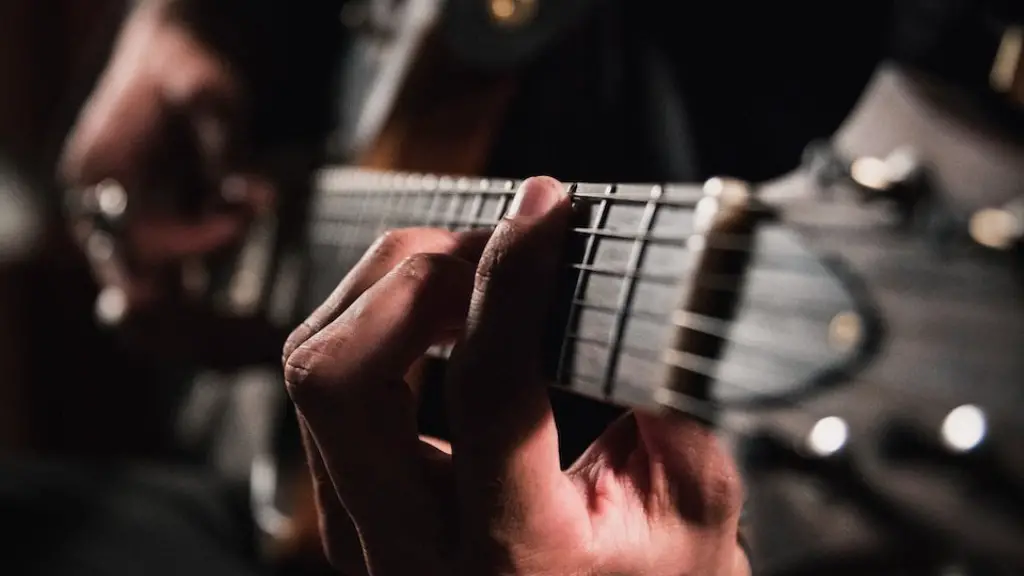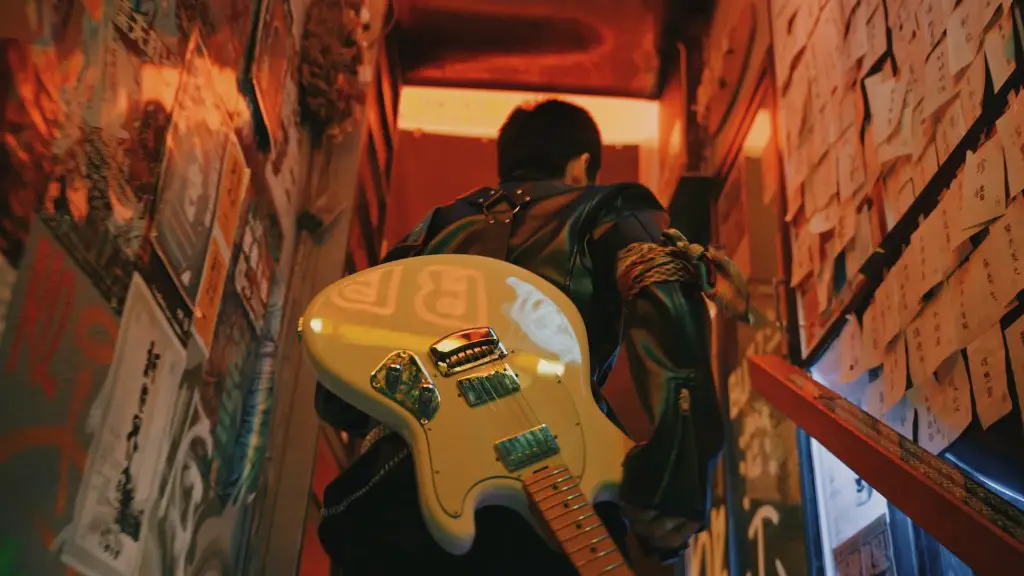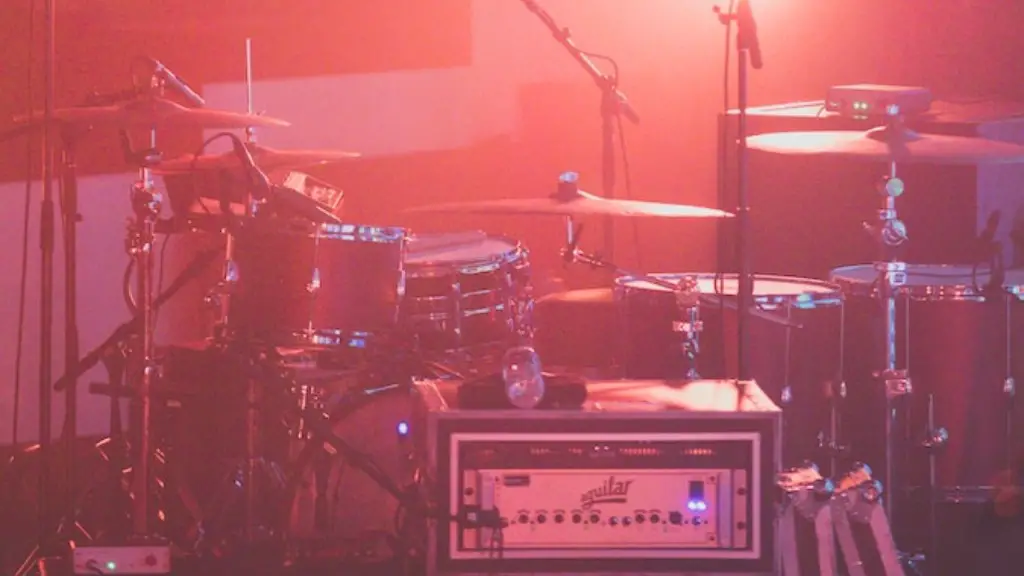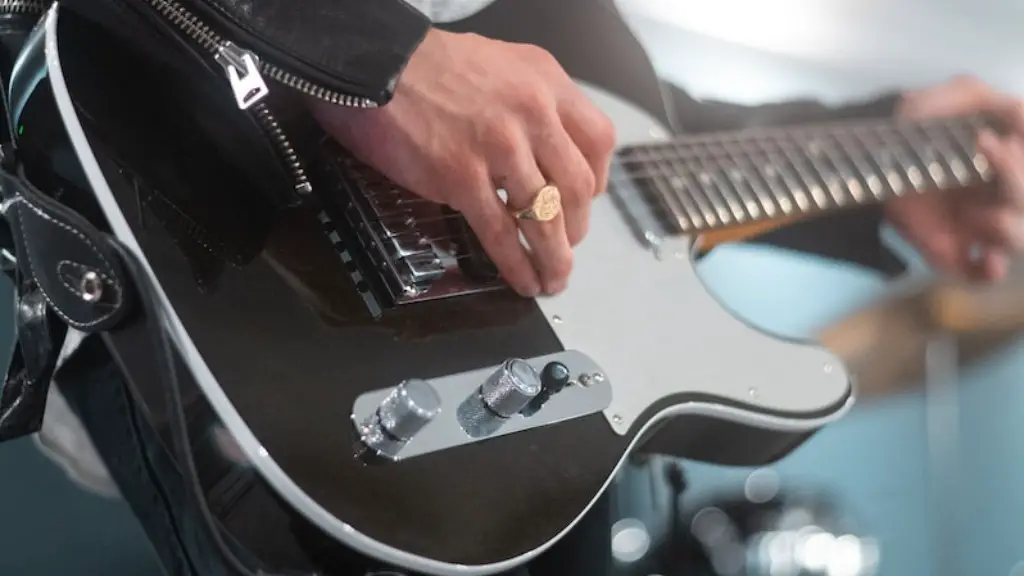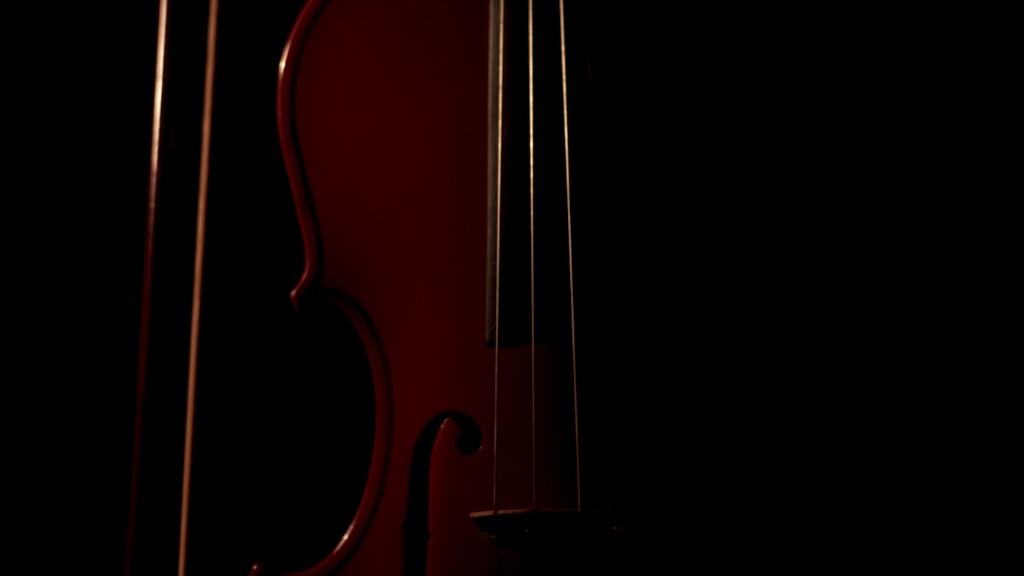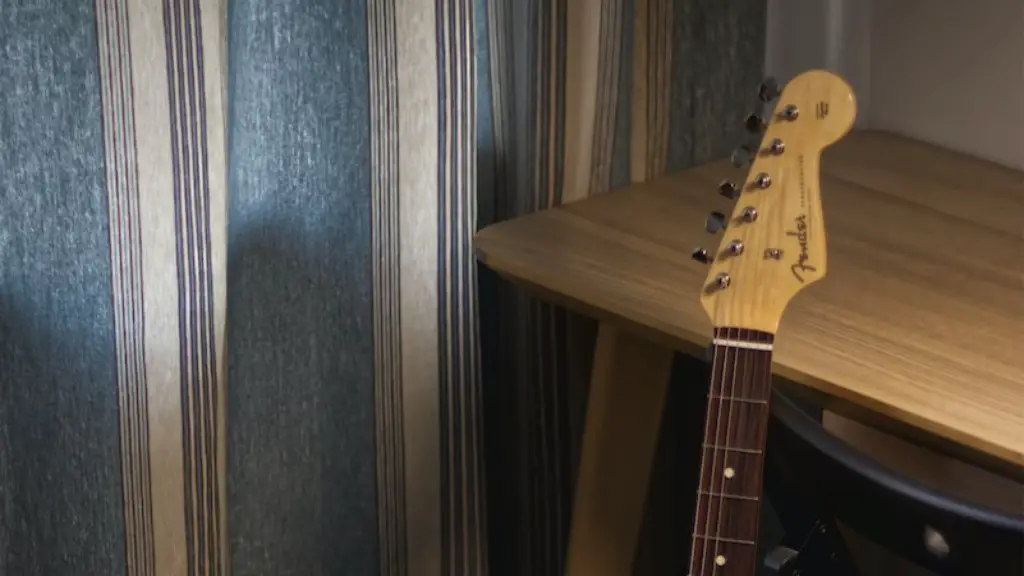Putting a capo on an electric guitar is a great way to change the sound of your guitar without having to re-tune it. A capo is a clamp-like device that clips onto the fretboard of your guitar, allowing you to play chords in different keys without having to adjust the tuning. To put a capo on an electric guitar, you’ll need to get an appropriate-sized capo for your guitar and make sure it’s firmly attached.
Start by placing the flat portion of the capo against the neck of your electric guitar, just above one of the frets. Make sure that the round portion with the spring is facing away from you. Now press down firmly on the top of the capo until it snaps into place, holding all of the strings down against the fretboard. If you have trouble getting it on, try adjusting its angle slightly until it fits.
Once your electric guitar’s capo is in place, you can strum away and hear how different chords and melodies sound in different keys! With practice and experimentation, you’ll soon be able to make beautiful music with ease.
Placing a Capo on an Electric Guitar
A capo is a tool used by guitarists to change the pitch of their guitar strings, allowing them to play in different keys without having to learn new chord shapes. It is important to know how to properly place a capo on an electric guitar so that you can get the most out of it.
First, make sure your capo fits securely on the fretboard of your electric guitar. It should be placed over all six strings, just behind the fret you want to raise the pitch for. Make sure that all strings are free from buzzing or deadening when you press down the capo.
Once you have it in place, check the tuning of each string by playing them individually. If any string is out of tune, adjust it until it sounds correct. When everything is in tune, you can begin playing chords and melodies in any key with ease! Be sure to use a light touch when pressing down on the strings with your capo so that it doesn’t affect your tone. With practice, you will be able to quickly and easily move your capo up and down the fretboard as needed while playing.
How to Adjust the Capo for Optimal Tension
Adjusting the capo on an electric guitar is an important step in getting the best sound out of your instrument. A capo is a device that clamps onto a guitar’s fretboard, raising the pitch of all strings at once. This allows you to play chords in different keys without having to learn new fingerings. To get optimal tension with your capo, it is important to adjust it correctly.
First, you’ll want to loosen the tension screw, located on the back of the capo. This allows for easier positioning and adjustment of the capo on the fretboard. Once it’s in position, you can begin tightening the screw until you get a secure fit. Don’t over-tighten or it could cause damage to your strings and fretboard. You should also check that all strings are clear and ringing without any buzzing or muting from being too close to frets.
You may need to adjust your tension a few times before finding the right amount for your guitar. For heavier gauge strings, you’ll need more tension than for lighter gauge strings. Be sure to check how each string sounds and feels before playing any chords with your capo on; this is key for optimal performance and sound quality.
By following these steps, you can ensure that your capo is securely fastened and giving you optimal tension every time you use it!
How to Put a Capo on an Electric Guitar
Putting a capo on an electric guitar is a great way to change the pitch of the strings, allowing you to play songs in different keys without having to learn new chords. The type of capo that works best for electric guitars depends on the type and shape of your guitar’s neck. For example, curved-neck guitars require an adjustable or spring-loaded capo, while straight-neck guitars work better with a simple clamping style capo.
When attaching a capo to your electric guitar, make sure that it is placed at the correct fret and firmly secured. To ensure the best sound quality, be sure to press down on all of the strings at once and check that none of them are buzzing or rattling against the frets. If any of your strings get out of tune when you put on a capo, simply use your tuning pegs to bring them back up to pitch.
Positioning the Capo for Different Tunings
Using a capo is an essential skill for any aspiring guitarist. It allows you to play songs in different keys while retaining the same chord shapes. But positioning the capo correctly can be tricky, especially when you’re playing in an alternate tuning. To get the right sound, you need to know where to put your capo and how it affects your guitar’s tuning.
When using a capo, it’s important to remember that it changes the guitar’s tuning relative to the open strings. For example, if you place a capo on the second fret of a standard-tuned guitar, it will sound like it’s tuned up one whole step. If you place it on the fourth fret, it will sound like it’s tuned up two whole steps. You can use this knowledge to figure out where to place your capo for alternate tunings.
For instance, if you want to play in drop D tuning and your guitar is tuned up half a step, you should place your capo on the first fret. This will bring your guitar back down half a step and put it in drop D tuning. Similarly, if you want to play in DADGAD tuning and your guitar is tuned down one whole step, you should place your capo on the seventh fret. This will bring your guitar back up one whole step and put it in DADGAD tuning.
Be Aware of Alternatives if You Don’t Have Access to a Capo
Using a capo on an electric guitar is a great way to change the key of a song without having to transpose the chords. But what if you don’t have access to one? Fortunately, there are some alternatives that you can use to achieve a similar effect.
One option is using an adjustable capo, which is essentially a clamp that you can adjust to different frets. They are relatively inexpensive and easy to use, making them ideal for those who need a quick and easy solution.
Another option is to use a pitch shifter pedal. This device changes the pitch of your guitar signal in real time, allowing you to play in any key without having to transpose chords. It can also be used as an effects pedal for creating unique sounds.
Finally, some guitarists find success by tuning their guitar down. This involves tuning each string down half-steps or whole-steps depending on the desired key. While this method may require some practice and experimentation, it can be an effective way of changing keys without having access to a capo or other tools.
These are just a few of the alternatives for using a capo on an electric guitar when one isn’t available. With these options in mind, you should be able to find one that works best for your needs!
The Capo and Guitar Tone
Using a capo on an electric guitar can quickly change the tone and intonation of your instrument. A capo, short for “capotasto,” is a device used to clamp down the strings of an instrument in order to raise its pitch. By effectively shortening the length of the strings, the musician can create chords and notes higher than what would normally be possible. This can give your guitar sound a more vibrant, fuller tone.
The most common way to use the capo is to move it up and down on the fretboard and experiment with different sounds. You may want to adjust your tuning as you move it up or down as well. Different chord shapes will also produce different tonal qualities when using a capo, so exploring these combinations can result in some interesting sounds.
By using a capo, you are able to play in keys that may not be comfortable for your vocal range or for certain musical styles. It also allows you to play songs in different keys without having to retune your guitar or transpose chords. No matter what style of music you are playing, using a capo will give your sound more depth and character. It’s a great tool for any guitarist looking to expand their tonal palette.
To Sum it All Up
Putting a capo on an electric guitar is not as difficult as it sounds. With the right tools and some patience, you can easily attach the capo to your electric guitar. The most important thing to remember is to make sure that the capo is properly aligned and tightly secured in place. The other important point is to make sure that you have the right size capo for your specific electric guitar. By following these steps you can ensure that your electric guitar sounds its best.
Once you have the right size capo and have it aligned correctly, you can begin playing with ease. You may need to experiment with different positions until you find one that works best for your particular style of playing. Remember, the capo can help you play songs in different keys without having to relearn chords or fingerings. With just a few minutes of practice, adding and removing a capo will become second nature.
Happy playing!
